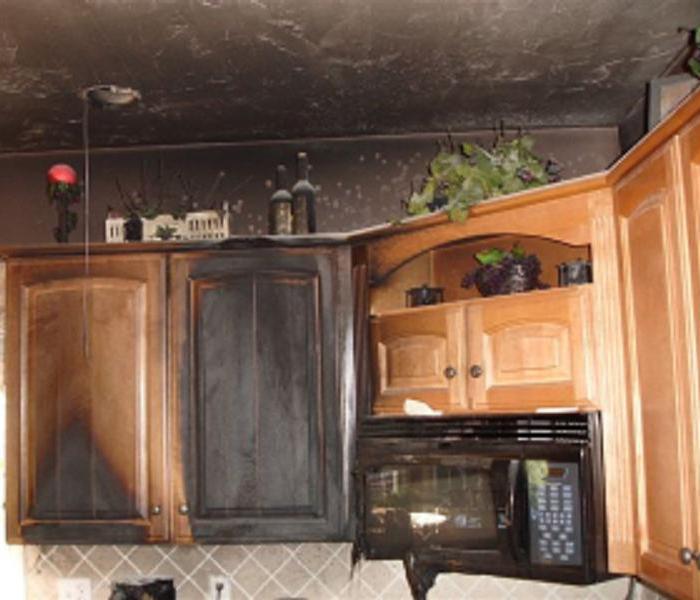Smoke 101
7/24/2013 (Permalink)
- Fire damages are complex due to the unique nature of different types of smoke. Some things you may not know about smoke.
- Hot smoke migrates to cooler areas and upper levels of a structure.
- Smoke flows around plumbing systems, using holes around pipes to go from floor to floor.
- They type of smoke may greatly affect the restoration process.
- Once at a fire scene, a SERVPRO Professional tests the soot to determine which type of smoke damage occurred.
Types of Smoke:
Wet Smoke Residues: result from smoldering fires with low heat. Residues are sticky and smeary with a pungent odor. Smoke webs can be difficult to clean.
Dry Smoke Residues: result from fast burning fires at high temperatures. Residues are normally dry, powdery, small, nonsmeary smoke particles.
Protein Residues: are virtually invisible residues that discolor paints and varnishes. They have an extreme pungent odor.
Fuel Oil Soot: occur when furnaces puff back, distributing fuel oil soot.
Other Types of Residue: include tear gas, fingerprint powder and fire extinguisher residues, all requiring cleanup.

 24/7 Emergency Service
24/7 Emergency Service
